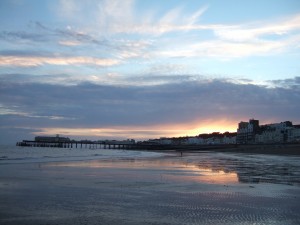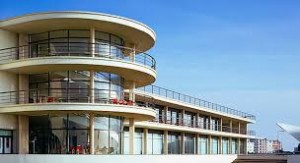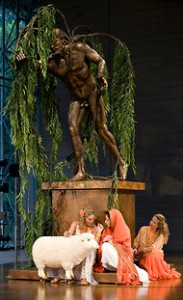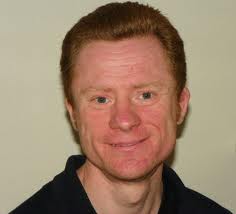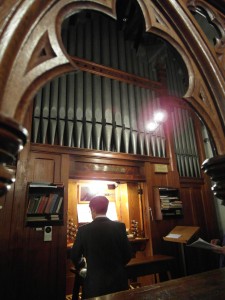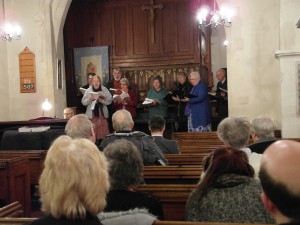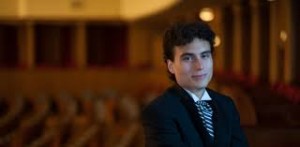Claremont school choirs & orchestra, St Clement’s Hastings 21 June 2014
Claremont School has always had a reputation for being in the forefront of musical appreciation, and this confirmation of their students’ musical abilities received a warm welcome at St Clement’s Church. With the augmentation of the school choirs with the Claremont Community Choir, and accompanied by the Claremont Chamber Orchestra and Liverpool University Chamber Orchestra under its leader Tony Horrocks, this virile work truly thrilled the audience.
With approximately thirty sopranos, almost as many altos, a goodly complement of tenors and basses, plus one lone treble, youthful Sam Hickman, the sequence unfolded with unerring continuity. The musical backing by the University of Liverpool Chamber Orchestra ensured that the story proceeded without a hitch. The impact of the ‘effects’ of the percussion section, Dave Gonella and Elliott and Ben Laurence did not go unnoticed, as was the purity of tone of the clarinet of Richard Eldridge.
The ‘book’ of the work derives from poetry of the Middle Ages, the twelfth and thirteenth centuries mostly in Latin, thoughtfully translated into English, a much more satisfactory means of communication for both performers and audience.
The composer referred to the work as a ‘scenic cantata’, written to be acted on stage with dancing and mime. Neither of these were included on Saturday but the enthusiasm and professionalism of the choir more than made up for that.
This present-day treatment of the piece was the work of the Musical Director of Claremont School Monica Esslin-Peard with principals soprano Susannah Appleyard. alto Elizabeh Cole, tenor Michael Savage and baritone Andrew Robinson.
Fr Robert Featherstone introduced the performance, sang lustily throughout, and at the conclusion expressed thanks to everyone concerned who combined to make this truly an evening to remember. MW

